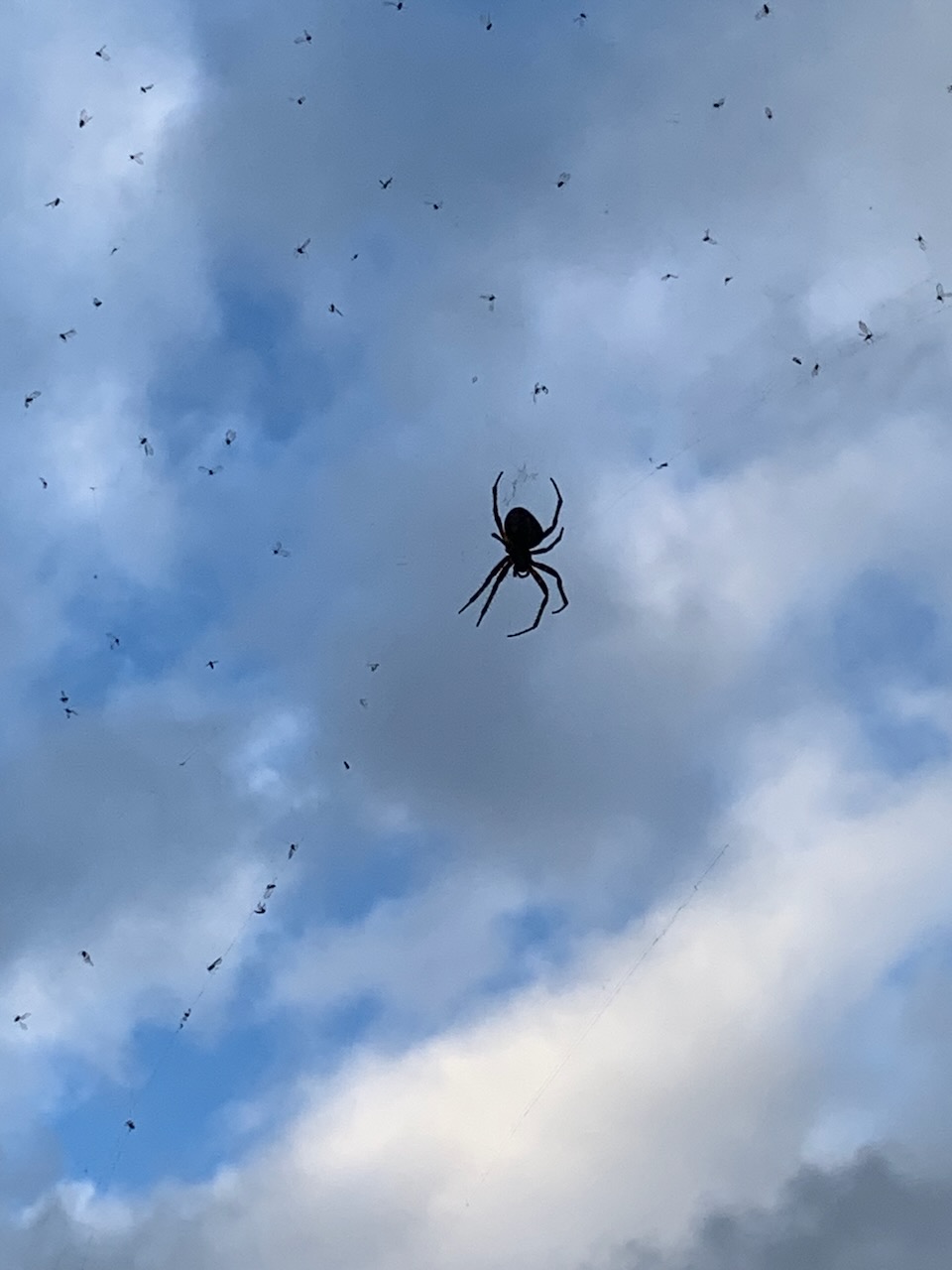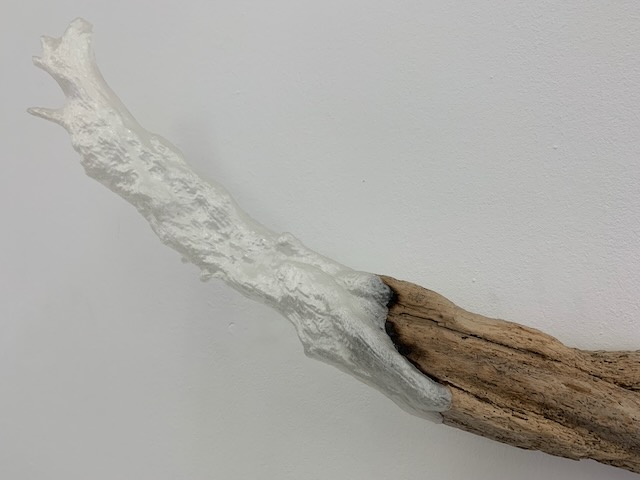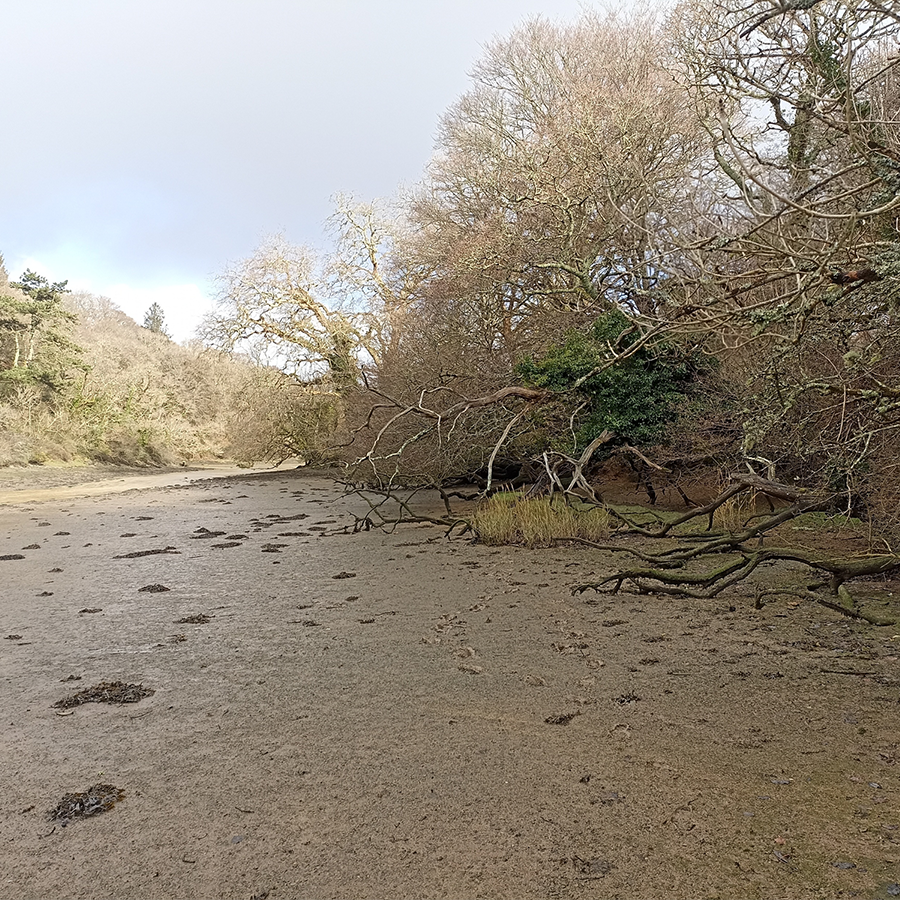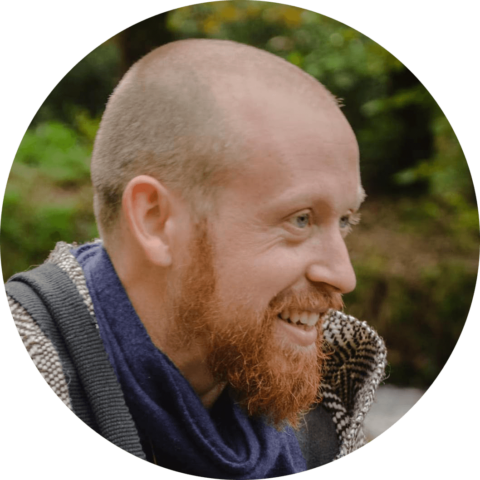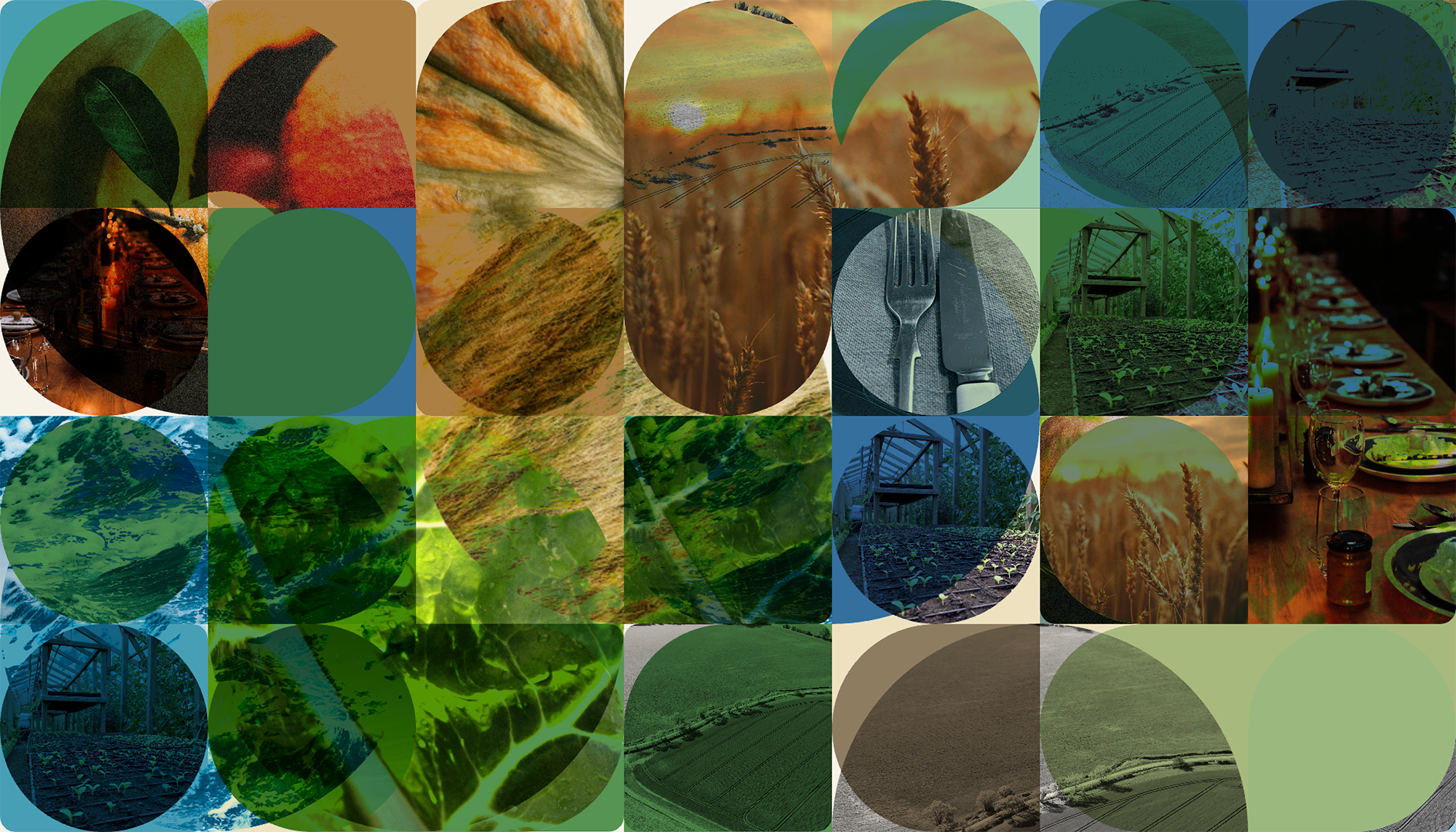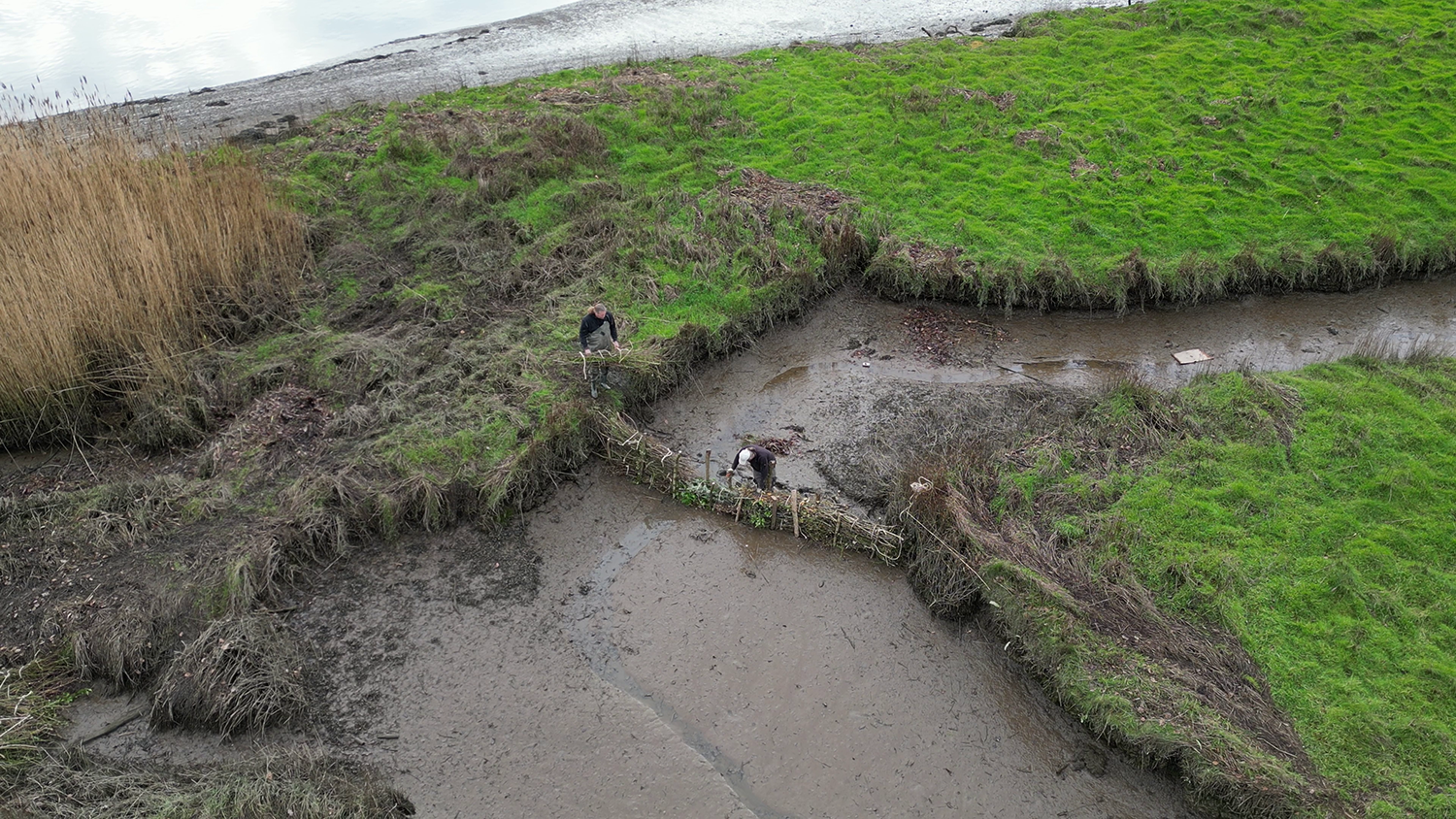Understanding South Devon
Sensing the bioregion
South Devon is more than a landscape—it’s a living 'whole' made up of interconnected ecological systems and social systems that contain many stories of place, old and new. What do you notice? A place shaped by Rias, deep and narrow drowned valleys...110km of coastal path that connect Plymouth to Torbay...colossal hedgerows that divide notorious Devon roads from farmland...empty shops in urban areas and high crime rate statistics (like many other places)... towns and villages wondering what devolution and local government reorganisation will bring? What are our senses telling us? Do we feel the matrix of contradictions we live with, see the withdrawal of nature? How do we perceive this place as it is, and how does a bioregional framing help?

What else is at work here?

Adapting to a changing climate
South Devon’s unique geography makes it particularly vulnerable to climate change. Rising sea levels threaten coastal communities, while increased flooding and droughts disrupt ecosystems and livelihoods. The South Devon bioregion is not confined by political boundaries. It stretches from the Tamar to the Teign and from where our rivers rise on Dartmoor down to the sea. We know that climate adaptation is going to take all of us working together and that climate change does not recognise the confines of boundaries between sectors or districts. Now we are getting organised so we can move into action, focusing on an enabling infrastructure for this work whilst considering how, when and with whom to unfold a story about the need for climate adaptation, such that any invitation to participate in the joining-up process we are envisioning is met with interest and enthusiasm.
View our projects
Balancing transaction with nature's needs
South Devon’s economy relies heavily on the tourism, agriculture and care sectors, plus a network of small businesses, all of which face pressures from rising costs, environmental degradation and the challenges of an unknown future. With partners, we’re developing a funding ecosystem that identifies projects or enterprises that will enable regeneration across South Devon. We plan to map existing financial activity, gather case studies, and explore models that connect funding more directly to land, nature and community outcomes. With this ambition comes the role of attracting people to, and explaining the concept of, the "offer". Sensing has a role here too, people need to feel the difference that this funding ecosystem could make.
View our projects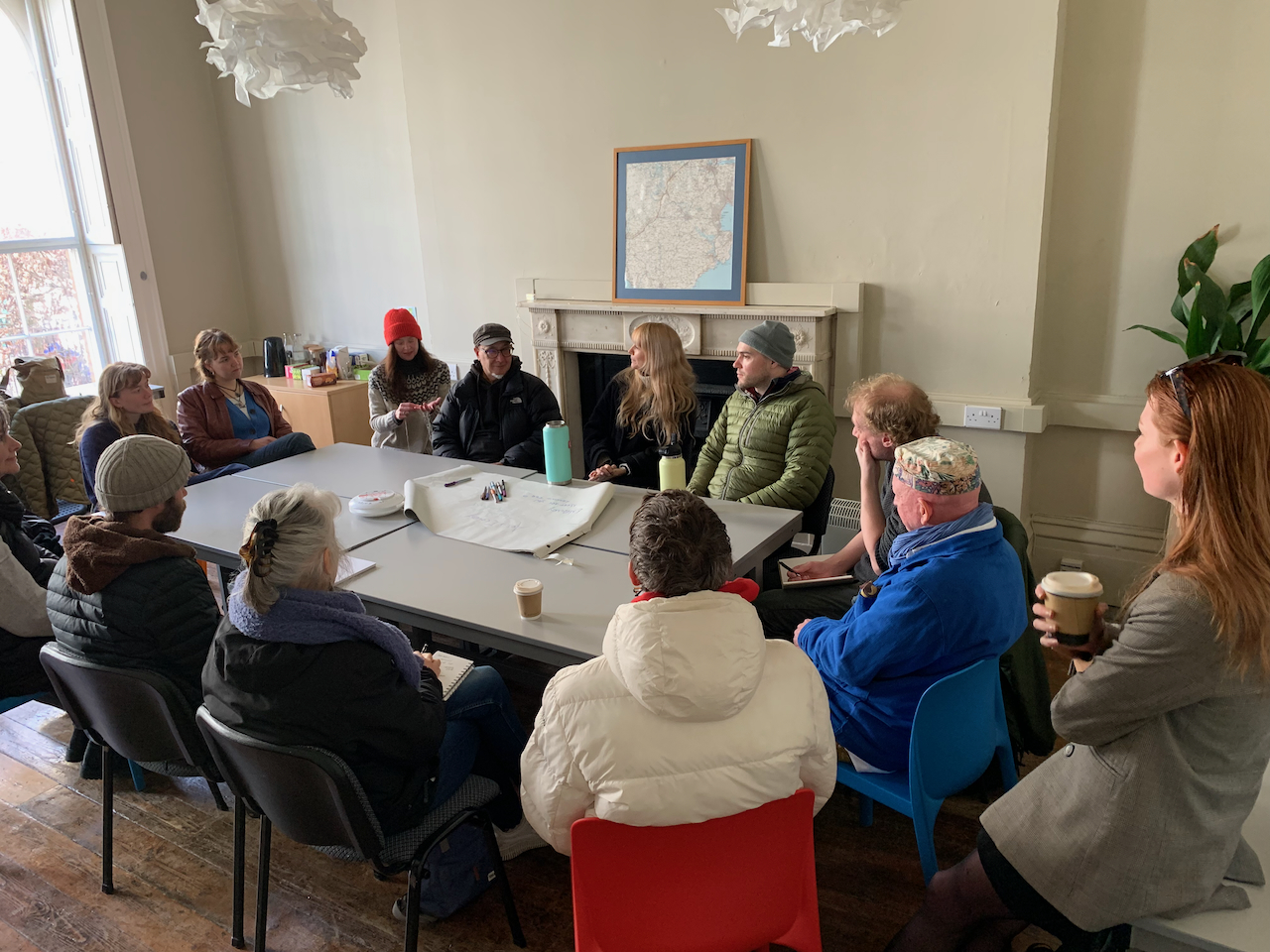
Fostering connection and equity
Thriving communities are at the heart of South Devon’s resilience. However, challenges like housing affordability, access to resources and social inequality create barriers that are difficult to overcome. By working strategically through our Pillars (co-developing alternative governance and finance structures) and simultaneously undertaking practical actions like creative meet-ups, workshops and events, BLC aims to advocate for, and demonstrate the importance of, connection, fairness and the sense of belonging.
View our projectsBringing about change through local action
Our projects bring people together to create tangible pathways to action for South Devon’s unique challenges, and for bioregions everywhere. From restoring ecosystems to co-creating a learning programme, these projects showcase what’s possible when we work together.

